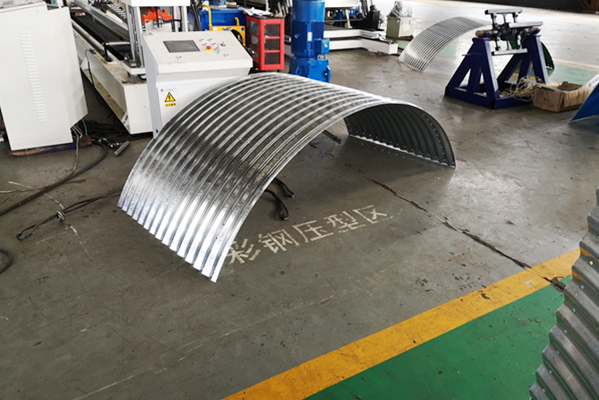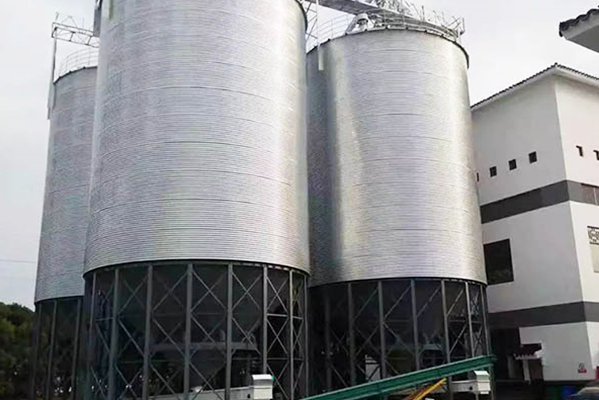Navigation Menu
Contact Us
- Email:
- info@wxavatar.com
- Address:
- Yurong Village, Yuqi Street, Huishan District, Wuxi, China.
Release Date:Jul 04, 2025 Visit:53 Source:Roll Forming Machine Factory
The bulk grain handling industry continues to evolve with new technologies and equipment improvements aimed at enhancing efficiency, reducing operational costs, and improving grain quality. Recent advancements focus on automation, material durability, and precision handling to meet the demands of modern agricultural operations.

1. Automation and Smart Control Systems
One of the most significant developments in bulk grain handling is the integration of automation. Modern grain handling systems now incorporate programmable logic controllers (PLCs) and IoT-enabled sensors to monitor grain flow, moisture levels, and equipment performance in real time. These systems allow operators to adjust conveyor speeds, aeration settings, and unloading processes remotely, reducing manual labor and minimizing errors.
2. Improved Conveyor and Elevator Designs
Grain conveyors and elevators have seen notable upgrades in design and functionality. New belt materials and bucket designs reduce grain damage during transport, while enclosed systems help minimize dust and spillage. High-capacity drag conveyors and beltless systems are gaining popularity due to their ability to handle large volumes with lower maintenance requirements.
3. Enhanced Storage Solutions
Grain storage technology has advanced with the introduction of better sealing techniques and temperature monitoring systems. Corrosion-resistant silos and bins with improved aeration systems help maintain grain quality over extended periods. Some systems now include automated ventilation controls that adjust based on humidity and temperature readings.
4. Energy-Efficient Drying Systems
Grain drying is a critical step in post-harvest handling, and recent innovations focus on reducing energy consumption while maintaining effectiveness. New drying systems use advanced heat exchangers and variable-speed fans to optimize airflow, ensuring uniform drying without excessive energy use.
5. Advanced Material Handling Components
Components such as augers, hoppers, and discharge systems have been redesigned for durability and efficiency. Wear-resistant coatings and reinforced construction extend the lifespan of equipment, reducing downtime and maintenance costs. Additionally, modular designs allow for easier customization and scalability based on operational needs.
6. Integration with Farm Management Software
Many bulk grain handling systems now integrate with farm management software, enabling seamless data tracking from harvest to storage. This connectivity helps farmers and operators make informed decisions about grain handling, inventory management, and equipment maintenance.
Conclusion
The bulk grain handling industry is making steady progress with innovations that prioritize efficiency, durability, and precision. Automation, improved material handling, and smarter storage solutions are transforming how grain is transported, stored, and managed. As technology continues to advance, these developments will further streamline operations for farmers and grain handlers worldwide.

By focusing on these advancements, businesses in the agricultural sector can optimize their grain handling processes while maintaining high standards of quality and productivity.